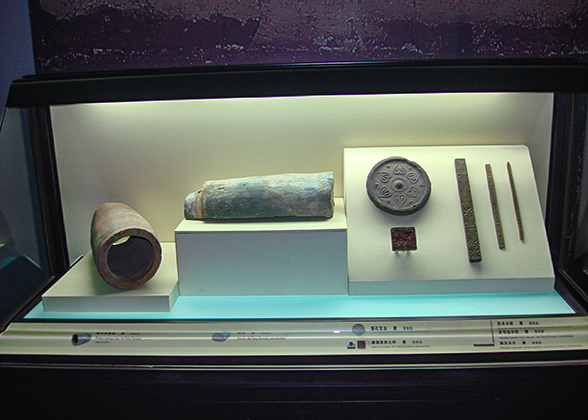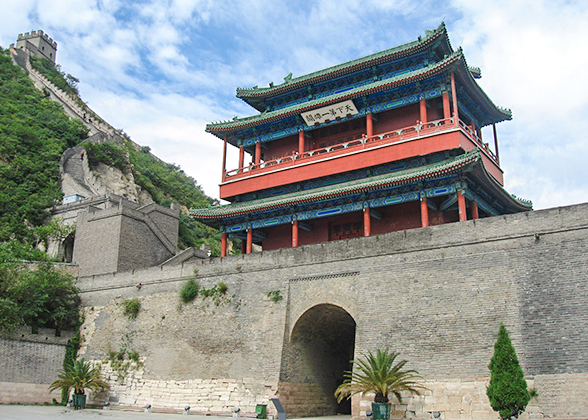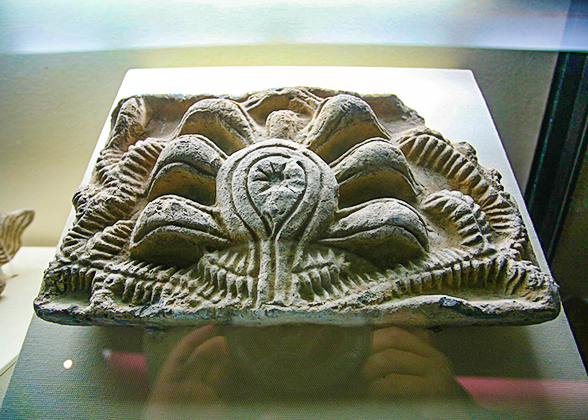Top 8 Fun Facts about the Badaling Great Wall
Badaling Great Wall was once the major defensive wall along the rolling mountains that formed the northern frontier of the capital, Beijing. It is now the best-preserved and the most popular section among all. The following are some fun facts about the Badaling Great Wall that you may be interested in.
1. What’s the meaning of “Badaling”?
 |
| Badaling Great Wall |
2. How old is the Badaling Great Wall?
 |
| Brick wall of the Badaling Great Wall |
3. How many people visit the Badaling Great Wall every year?
The Badaling Great Wall has earned the title of “the king of tourist traffic”, attracting over 10 million visitors annually. It's scarcely conceivable that this figure is almost tantamount to the total population of Sweden flocking to this very site. And during the peak tourist season, the daily visitor count can soar to as many as 100,000.
4. Why is the Badaling Great Wall so popular among tourists?
 |
| Our Group Tour at Badaling |
5. Beacon towers were an old alarming system
There are two beacon towers on the top of the mountains outside Badaling, which were equipped with fire spears and cannons and functioned as the alarm system. If enemies were sited, soldiers here would burn smoke during the daytime or light torches at night to warn garrisons at the Great Wall. The signal conveyed the number of enemies. One column of smoke and one gunshot indicated over 100 enemies, and two columns and two sounds meant there were over 500. If there were more than 1,000, they used three columns of smoke and three gunshots, while four columns and four sounds stood for over 5,000 and so on. In this way, military information can be quickly and accurately transmitted several kilometers away.
|
|
6. The wall was wide enough for 10 soldiers or 5 horses to walk abreast.
The Badaling Great Wall stands at a height ranging from 6 to 9 meters (20 to 30 feet) and features a trapezoidal plane. Its base width measures between 6.5 and 7.5 meters (21 to 25 feet), while the top width spans from 4.5 to 5.8 meters (15 to 20 feet). The majority of the top surface is broad and level, affording sufficient space for 10 individuals or 5 horses to proceed abreast. During wartime, such a width proved highly conducive to the swift and efficient mobilization of troops and the transportation of supplies.
7. How long does it take to walk the whole length of the Badaling Great Wall?
 |
| Hiking on the Badaling Great Wall |
The Badaling Great Wall extends for a length of 7,600 meters (8,300 yards), among which the tourist-accessible section measures 3,741 meters (4,090 yards). This tourist section is further divided into a 1,176-meter (1,286-yard) southern part and a 2,565-meter (2,805-yard) northern part. Generally, it takes around 3 to 4 hours to complete the entire hiking journey. However, if there are elderly individuals, children, or tourists who have a penchant for pausing to take pictures, the duration might extend to more than 5 hours.
8. More than 540 national leaders have visited the Badaling Great Wall.
In October 1954, Indian Prime Minister Nehru became the first foreign leader to visit the Badaling Great Wall, which marked the beginning of the history of the Badaling Great Wall as an important state and protocol venue for the Chinese government. Since that time, a remarkable total of 541 heads of state and government from 179 countries have visited this iconic landmark. Prominent leaders such as Nixon, Reagan, Queen Elizabeth II, Mandela, Bush Jr., Putin, and Obama have all imprinted their footprints and beamed their smiles upon the Great Wall, etching indelible memories into its time-honored stones.
Read more:

